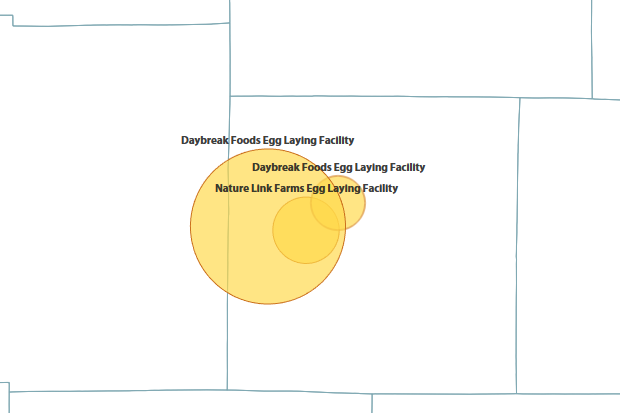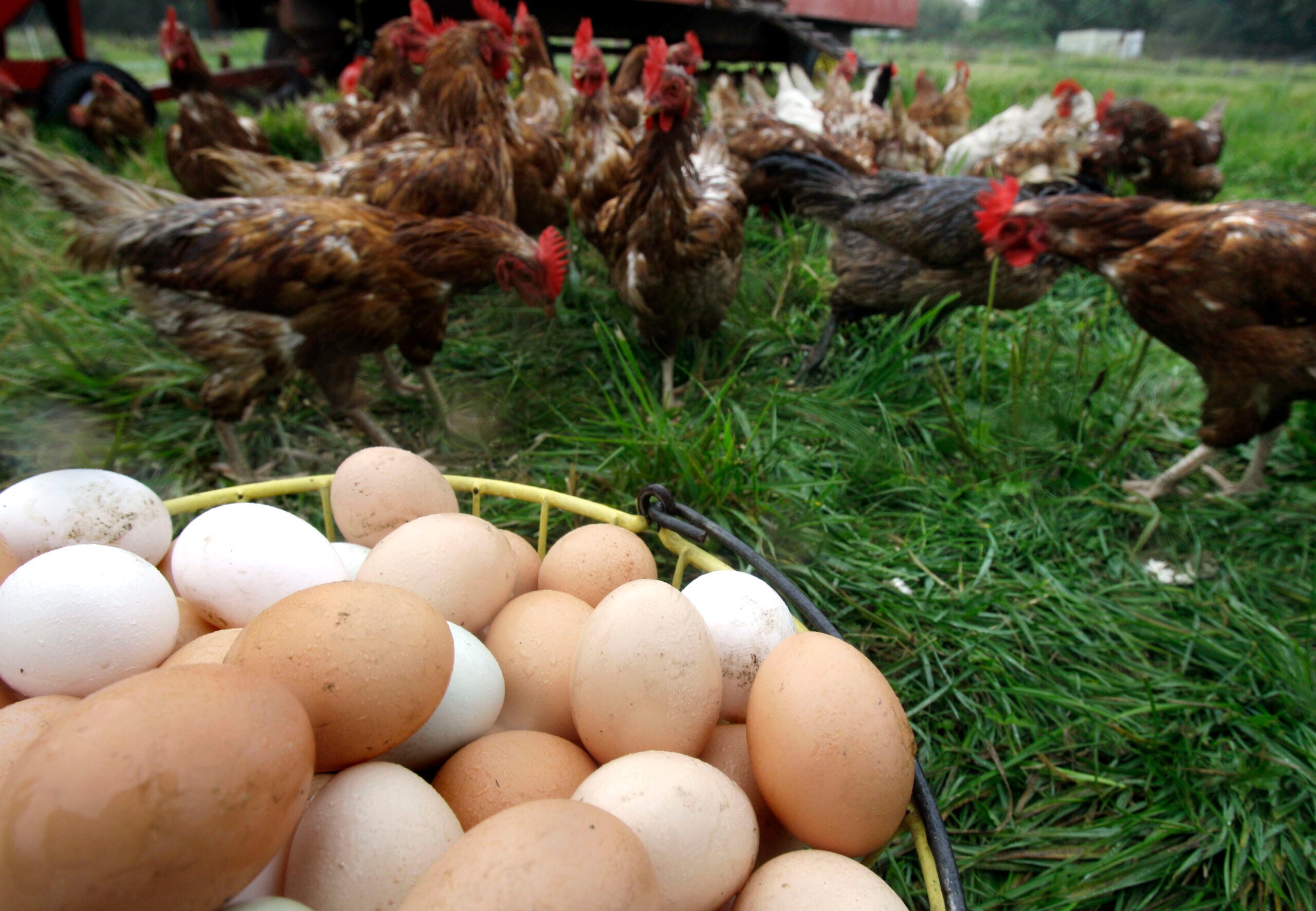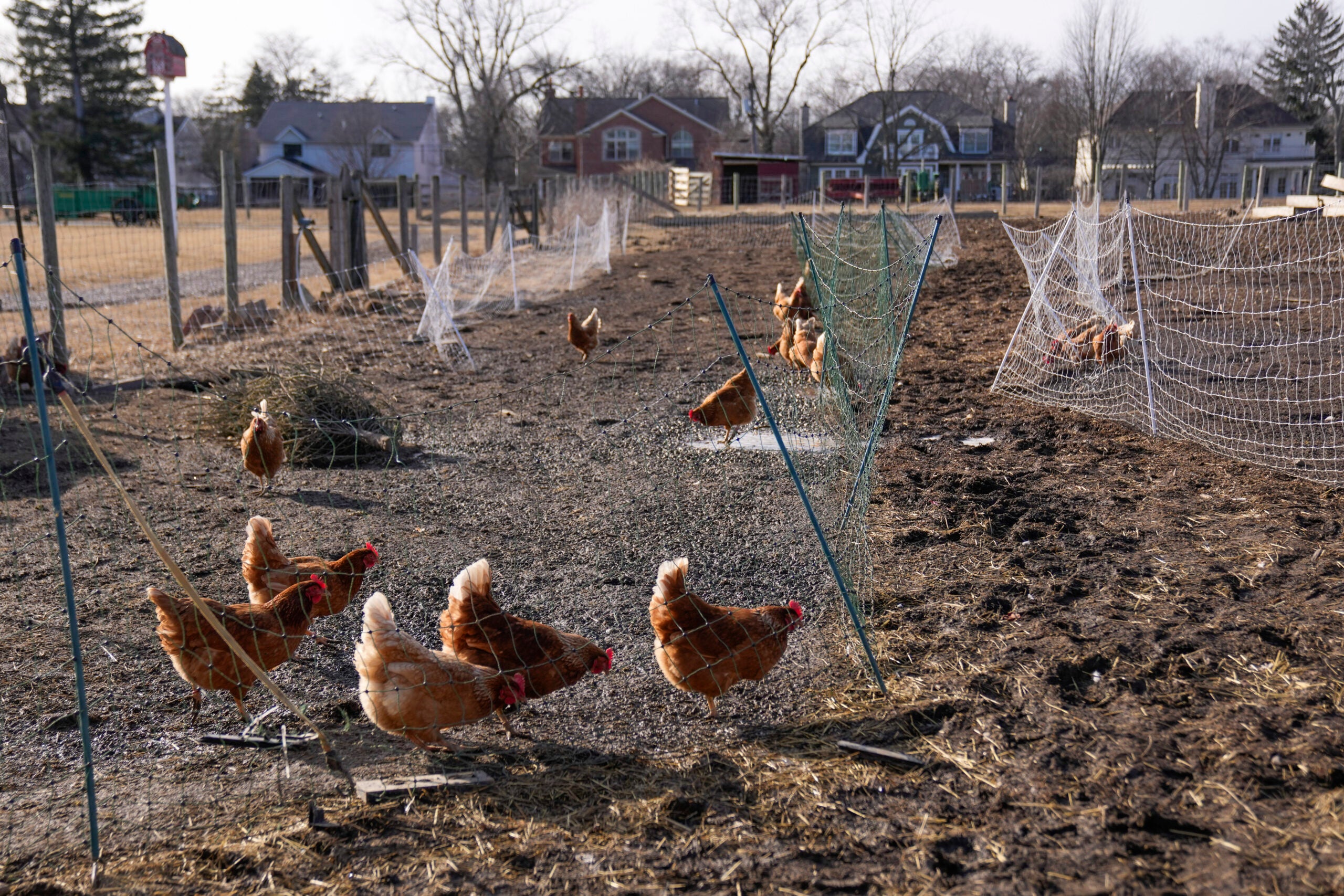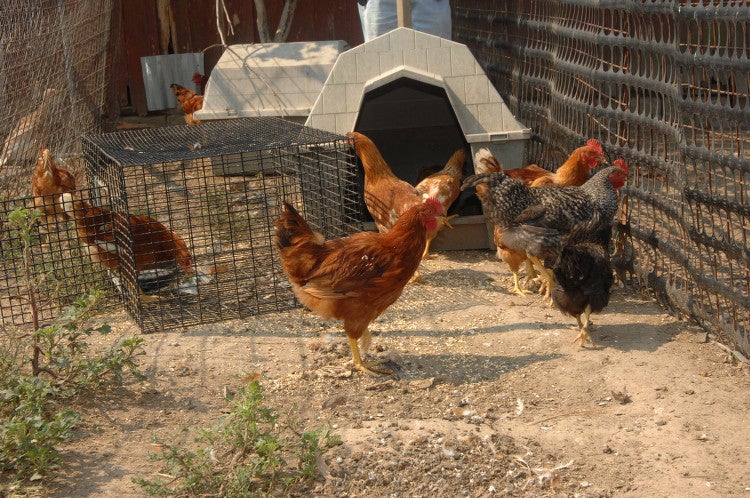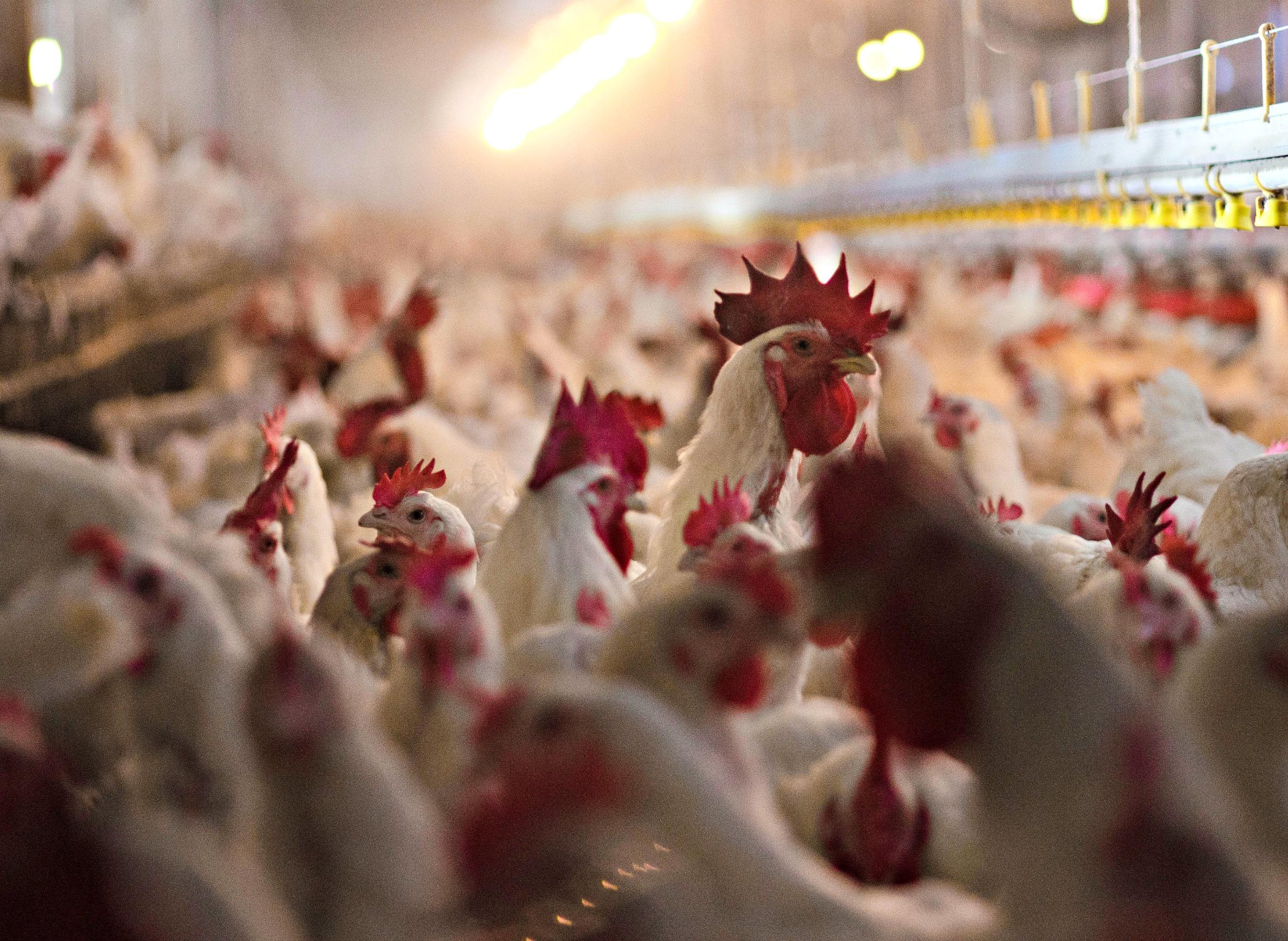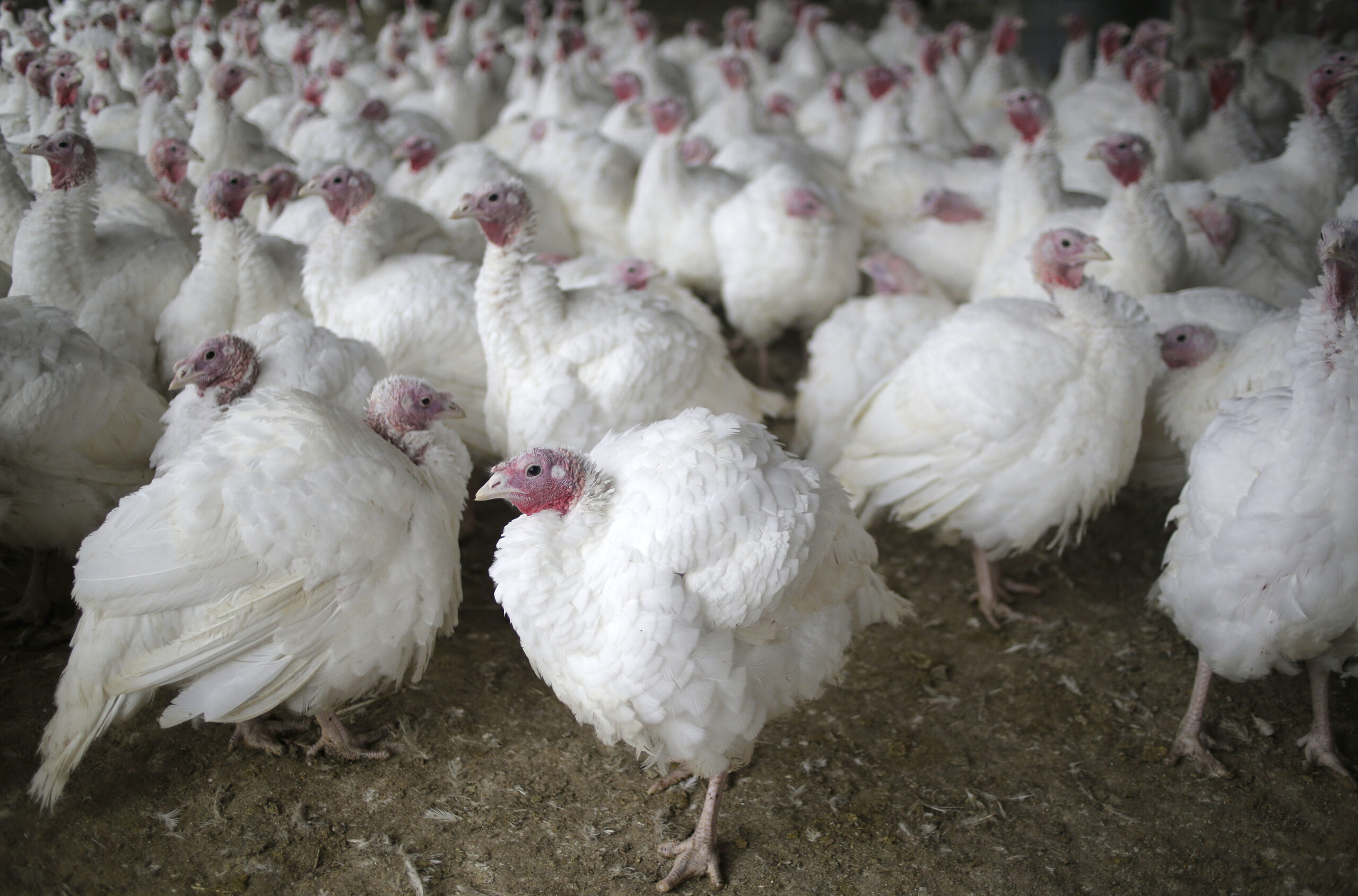An unprecedented avian influenza epidemic struck the poultry industry in the U.S. over the spring and early summer of 2015. It was concentrated in several Midwestern states, with Wisconsin seeing infections in several counties that are home to major turkey and chicken operations. Both federal and state government agencies worked in tandem with poultry farmers to halt and prevent further spread of the disease, resulting in the destruction of more than 1.9 million birds in the state. The epidemic was a serious agricultural challenge for the nation, driving up egg prices and spurring officials and poultry producers to strengthen biosecurity measures intended to limit the spread and impact of animal diseases.
What was the 2015 avian influenza epidemic in the U.S.?
How did the 2015 avian influenza epidemic affect Wisconsin?
Stay informed on the latest news
Sign up for WPR’s email newsletter.
Avian influenza struck more than 1.9 million chickens, turkeys and mixed-breed fowl across four Wisconsin counties between April and May 2015.
The epidemic began on April 13 in Jefferson County in southeastern Wisconsin, when the state announced that 189,084 chickens at a cage-free egg-laying facility were found to be infected.
On April 16, detections were announced in a mixed-breed backyard flock of 33 birds in Juneau County, and in a 126,658-bird commercial turkey flock in Barron County — the first of six northwestern Wisconsin turkey farms to be affected.
All of the affected turkey farms supply the Jennie-O Turkey Store processing plant in Barron. On April 22, the flu was confirmed in a flock of 56,480 turkeys at a Chippewa County farm that also serves the Jennie-O plant, and in a flock of 1,031,251 egg-laying chickens in Jefferson County.
On April 24 and 28, and May 3 and 4, the state confirmed the epidemic had spread to four additional Barron County turkey farms.
The virus was confirmed at another Jefferson County egg-laying flock of 127,971 chickens on May 4.
Since then there have been no new detections in Wisconsin.
Wisconsin fared far better than its poultry-producing neighbors (except for Illinois, which reported no avian flu cases in the epidemic). Iowa farmers lost 34 million birds and felt the shock of this agricultural emergency throughout the summer. Meanwhile, more than 9 million birds were destroyed in Minnesota.
Both Iowa and Minnesota are bigger poultry states than Wisconsin. For instance, U.S. Department of Agriculture figures show that of the 99.8 billion eggs produced in the United States in 2014, Wisconsin contributed 1.45 billion, Minnesota 3 billion and Iowa 18.45 billion. Both Iowa and Minnesota also sell millions more turkeys than do Wisconsin, according to the USDA’s 2012 Census of Agriculture.
Even adjusting for the relative sizes of the three states’ poultry flocks, Iowa’s losses to the epidemic are still dramatically worse than Wisconsin’s and Minnesota’s. Still, as University of Wisconsin-Extension poultry specialist Ron Kean told Wisconsin Public Radio in August, Wisconsin lost about 10 percent of its commercial poultry flock.
During the epidemic, state officials found the virus in one wild bird — a snowy owl found dead in Oconto, north of Green Bay, and far from all of the infected farms.
How does avian influenza infect and affect birds?
Which government agencies work on issues related to avian influenza?
What practices are recommended for tracking and preventing avian influenza in wild birds?
What practices are recommended for tracking and preventing avian influenza in domesticated birds?
How did the state of Wisconsin respond to the 2015 avian influenza epidemic?
How has the 2015 avian influenza epidemic affected Wisconsin’s poultry industry?
How has the 2015 avian influenza epidemic affected Wisconsin consumers?
Additional resources about the 2015 avian influenza epidemic
This report was produced in a partnership between Wisconsin Public Radio, PBS Wisconsin and the University of Wisconsin Cooperative Extension. @ Copyright 2025, Board of Regents of the University of Wisconsin System and Wisconsin Educational Communications Board.
